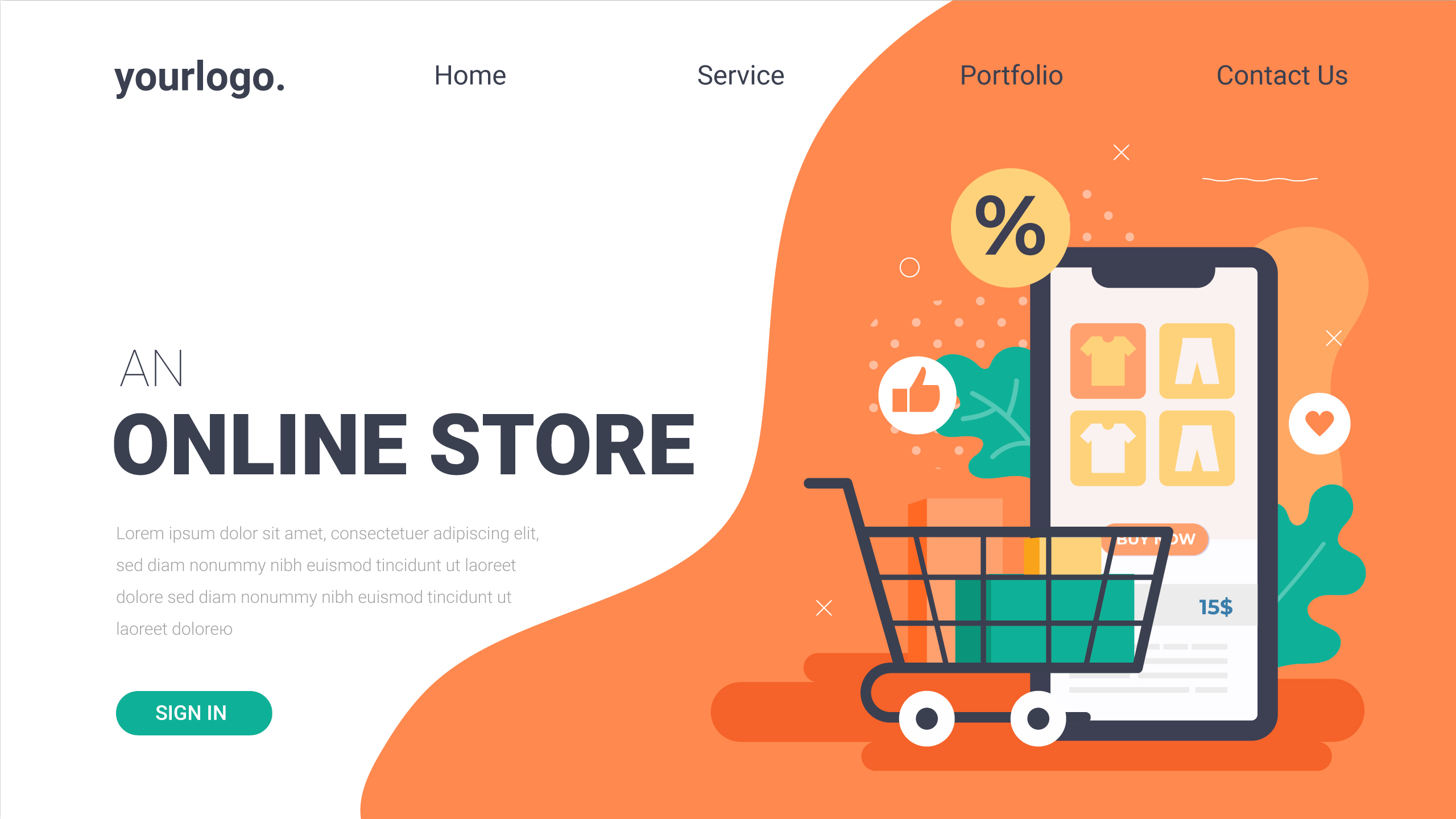In recent years, E-Commerce has emerged as a major player in the global economy. The convenience of shopping from anywhere, anytime, combined with the ease of payment and delivery, has made online shopping increasingly popular. If you have an entrepreneurial spirit, an E-Commerce website could be a great way to tap into this growing market. In this article, we’ll go over the steps to set up and run an online store.
Choose a product or service: The first step in setting up an E-Commerce website is to choose the product or service you want to sell. You should do market research to determine what products or services are in demand and if there is room for your brand. You can consider using dropshipping services that allow you to sell products without holding inventory.
Choose a domain name: Once you’ve decided on your product or service, it’s time to choose a domain name. Your domain name should be easy to remember and relevant to your brand. You can use tools like Namecheap or GoDaddy to purchase and register a domain name.
Choose an E-Commerce platform: The next step is to choose an E-Commerce platform to build your website. There are several popular options available, including Shopify, WooCommerce, and BigCommerce. These platforms offer templates, themes, and plugins to help you build your website without coding knowledge.
Design your website: Once you have your E-Commerce platform, it’s time to design your website. The design should be user-friendly and visually appealing. Your website should have a clear navigation menu, a search bar, and a shopping cart. You can use the templates and themes offered by your E-Commerce platform, or you can hire a web designer to create a custom website.
Set up payment gateways: One of the most important steps in setting up an online store is to set up payment gateways. Payment gateways allow you to accept payments from customers. The most popular payment gateways include PayPal, Stripe, and Square. Make sure to choose a payment gateway that is trusted and widely used.
Create product pages: Once your website is designed and your payment gateways are set up, it’s time to create product pages. Your product pages should include high-quality images, detailed descriptions, and pricing information. You can also include reviews and ratings from previous customers to help build trust with new customers.
Set up shipping and delivery: Another crucial step in setting up an online store is setting up shipping and delivery options. You should offer a variety of shipping options to customers, including standard shipping, expedited shipping, and international shipping. You should also include shipping fees in your pricing and clearly state your shipping policy on your website.
Market your website: Once your website is up and running, it’s time to market it. You can use social media, email marketing, and search engine optimization to drive traffic to your website. You can also offer promotions, discounts, and referral programs to encourage customers to make a purchase.
Hence, setting up and running an online store requires careful planning and execution. By choosing the right product, platform, and payment gateway, designing a user-friendly website, and marketing effectively, you can create a successful E-Commerce business. Remember to keep your customers at the forefront of your strategy, and continue to adapt and improve as you grow.




